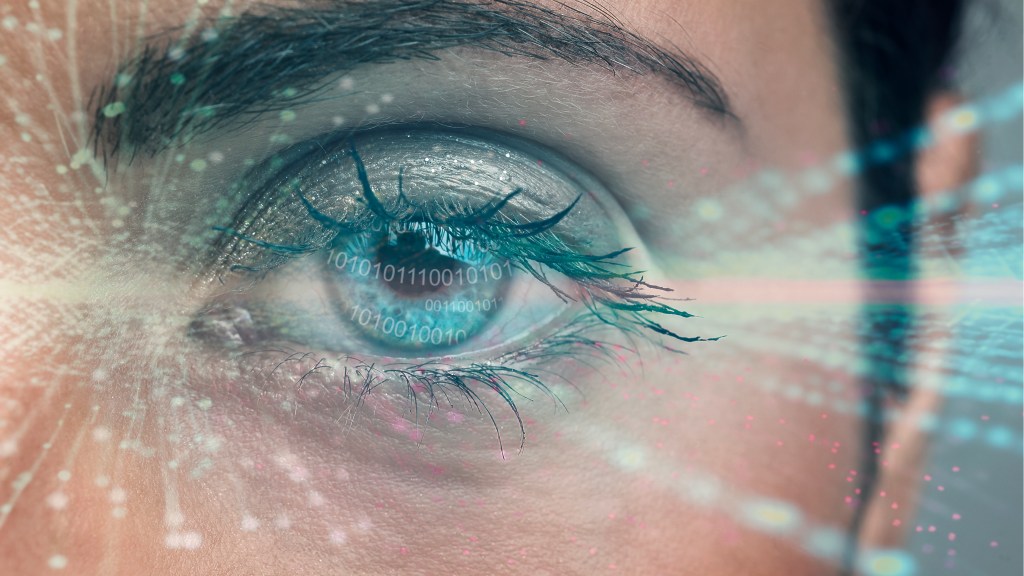Opinion: One giant leap forward for technology but one mammoth step backwards in terms of advancing gender equality? In the rapidly evolving landscape of artificial intelligence (AI), the quest for gender equality has encountered a roadblock. While AI technologies hold immense potential to revolutionise industries and societies, the persisting gender biases embedded in these systems have raised concerns about their ability to contribute meaningfully to gender equality. In ChatGPT’s last update, while commendable in its efforts to rectify gender biases, has not been entirely successful in eradicating them.
When asked for a list of nicknames for little girls and boys – both ChatGPT-4 and GPT-3 provided names like “buddy” and “champ” for boys, and “princess” and “sweetie” for girls. The limitations in addressing deeply ingrained biases in language models are indicative of the complexity and subtlety of gender nuances. It prompts a critical examination of the underlying biases present in the data these models are trained on, as well as the necessity for continuous improvement in algorithmic design and governance to ensure equitable outcomes.

Related Innovation Only 8% of Australians are using ChatGPT daily – here’s why By Shivaune Field Forbes Staff In the vast ocean of AI-generated content and “photorealism” (humans making AI photos look more real), the gender disparity is striking. Shockingly, there are a staggering 15 billion AI images (Everypixel J.
















